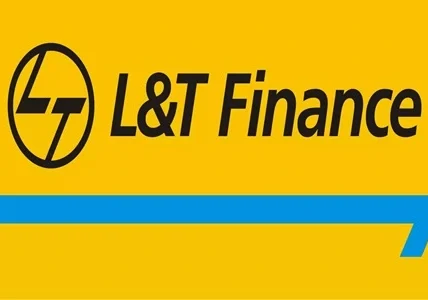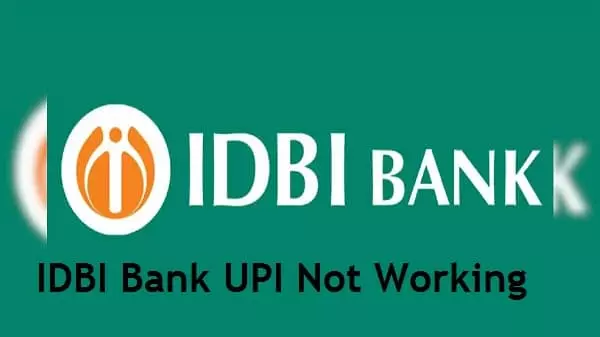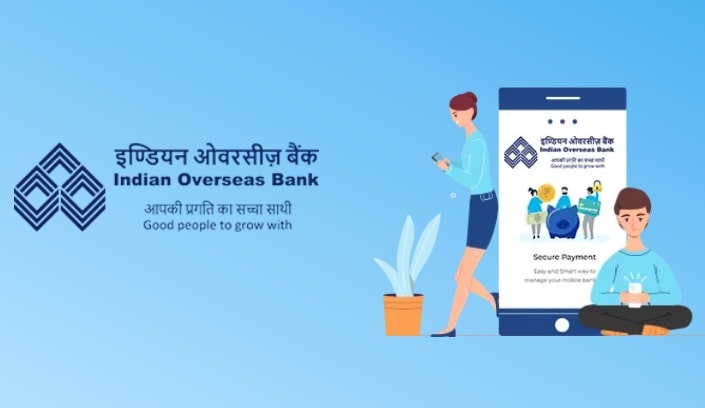The Account Aggregator Framework is a legal framework created by the Reserve Bank of India to enable efficient and safe data sharing between financial institutions, and it is commonly referred to as the AA Framework. The Account Aggregator aims to give customers control over their financial data and the ability to authorise the interchange of their financial information with other parties, such as financial institutions and Fintech companies.
This framework is the foundation for open banking in India and provides regulated businesses with a solid, open, and effective platform for consent-based data sharing. The AA framework was introduced under the presumption. The customer information dispersed throughout the databases of banks, financial institutions, insurance providers, and governmental agencies may be helpful if combined and easily accessible.

The introduction of the AA framework will quicken the procedure and lower the cost of personal financing and wealth management.
What is Account Aggregator Framework?
The RBI designed the AA Framework as a set of principles and regulations to control the exchange of financial data between institutions. It is intended to safeguard consumer financial data privacy and security while fostering innovation and competition in the financial sector.
Also read: Advantages and Disadvantages Of Departmental Accounting
Significant components of Account Aggregator Framework
Financial information users and financial information providers are the two types of entities that make up an account aggregator network. An organisation might occasionally fall under both FIP and FIU. Below, they have further information about the main elements of AA:
Financial Information User
In order to confirm the borrower’s eligibility for the suggested loan, the business requests access to the borrower’s financial information and past financial activity. In a framework for account aggregators, FIU can take the form of lending banks, wealth management firms, providers of services for personal financial management, etc.
Financial Information Provider
With the customer’s permission, the organisation with the desired data gives it to the FIU. A bank, mutual fund, insurance repository, non-banking financial company, pension fund repository, etc., are all examples of FIPs. Banks can act as both FIUs and FIPs.
Account Aggregator
These middlemen enable the transmission of financial data from a FIP that stores client financial data to the FIU that supplies such data. After obtaining the client’s permission, this is done. Account Aggregators act as intermediaries between the parties and do not save the customer’s data.
How does it work?
The AA Framework is carried out by account aggregators, organisations that the RBI has granted permission to gather and exchange financial data about consumers with third parties. Account Aggregator serves as a liaison between customers and financial institutions, making sure all data sharing follows the framework’s rules. If customers want to share their financial information with a third party, they can give the AA permission to gather and distribute it on their behalf. After collecting the data from the relevant financial institutions, the AA gives it to a third party.
What kind of data can be shared?
The customer’s financial information, including bank deposits, equities and mutual fund investment details, income tax returns, GST reports, bank statements, and pension funds, may be shared with any lending institution through the AA network. It includes various categories of economic significance and a list of 19 categories under the heading Financial Information.
How to use the service of Account Aggregators?
According to numerous sources, the Account Aggregator aims to build on the trust credit bureaus provide to provide all lenders with a comprehensive global data stack. Eventually, the AA mechanism and better financial education will assist those customers in comprehending the effects of their actions. The account aggregators also aid in providing better credit for those who are underserved or unserved.
Most financial organisations follow a predetermined method to make sure that borrowers may access credit. This includes identity verification, regulation, credit risk assessment, and more. They consider the borrower’s credit histories, and it is frequently challenging for those without a history of financial responsibility to obtain credit.
The process by which NBFCs and banks ensure that borrowers have access to loans depends on several factors, including identification verification, regulatory compliance, and credit risk assessment. The significance of AA frameworks will become even more given the huge percentage of underserved customers still in the market and the nationwide expansion of digital technologies and payment methods.
Why do they need an Account Aggregator framework?
Many Fintech companies require an Account Aggregator framework for a variety of factors. Aggregation software helps process and share crucial financial information between individuals and organisations, which is beneficial and secure. They require AAs for the following reasons:
- The current burdensome flow of financial information is intended to be disrupted by an account aggregator.
- It can result in a paradigm shift that turns the current system of processing and managing personal data into one centred on the institution.
- The financial ecosystem could change thanks to the Account Aggregator.
- This may transform the financial system from being organisation-centric to being human-centric.
Top ideas to enhance the usability of the Account Aggregator Framework
Synchronisation between accounts
The market has seen a significant increase in the availability of AAs during the past several years. Although FIUs have ties to most of them, a customer can have an account with an AA that is not an associate. The consumer may be asked to open a second account with an AA that an FIU has partnered with in this situation, which would increase compliance and complicate the process.
A system should allow seamless account interoperability to ensure that such circumstances don’t occur. There should be a single login that works across all platforms that AAs may use to send information to one another with the owner’s authority.
Automatic data detection ability
Currently, no interface can tell which AA a particular client has an account with, even if an FIU has agreements with all potential AAs on the market. The customer still has to complete this step in the registration process. The customer would be directed to the relevant AA immediately by the FIU, significantly streamlining the procedure.
It is fully automated and without the need for any additional customer data. Not only would this increase client happiness, but it would also quicken the pace at which transactions are completed.
Infrastructure spending to increase success rates
The AA framework has received positive feedback from all significant players in the financial services ecosystem. As a result, they need to invest in the infrastructure required to manage the rising amount of transactions as more and more FIPs go live on the AA system.
Summing it up
Digitization and the development of the AA framework simplify financial data collection and allow people total control over its access, exchange, and storage. By giving financial institutions an expanded view of their financial profile within seconds of getting the borrower’s permission, AAs would also help the financial inclusion of cash-starved MSMEs.
Aggregation software is better positioned to access traditional sources of finance due to improved visibility of their financial data. Additionally, it has increased the number of clients available to lenders who may evaluate a client’s creditworthiness using a vast array of financial data.














